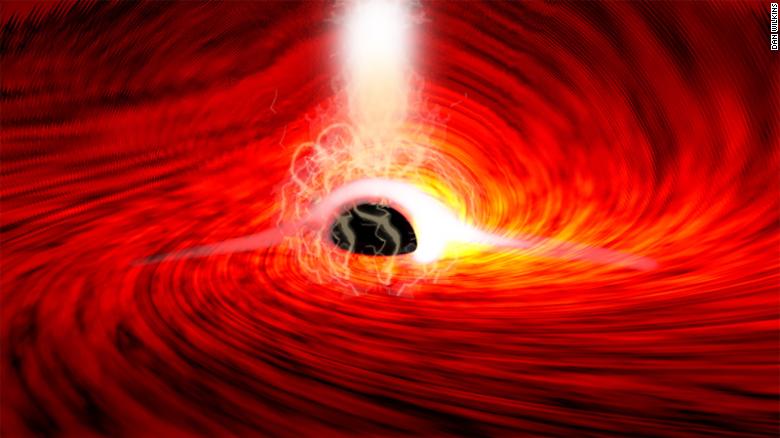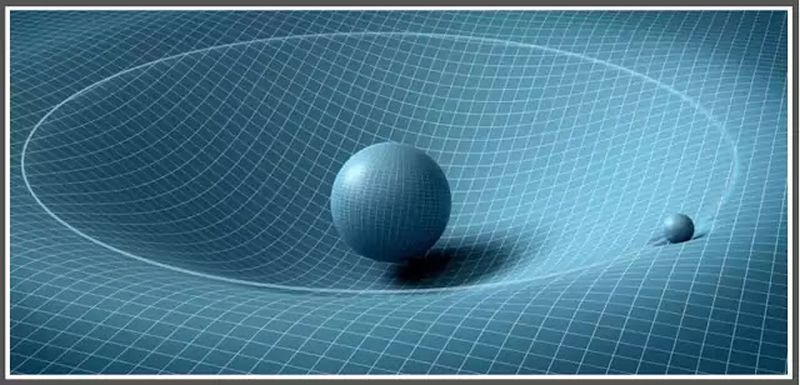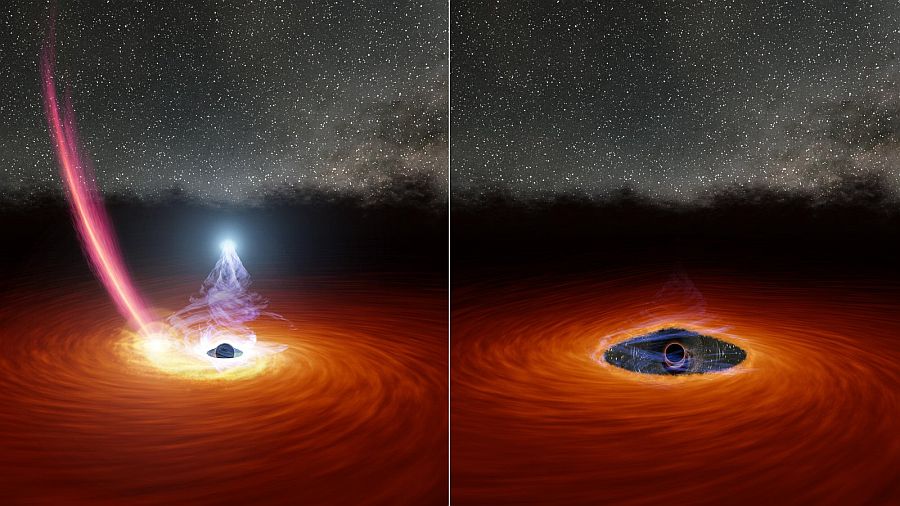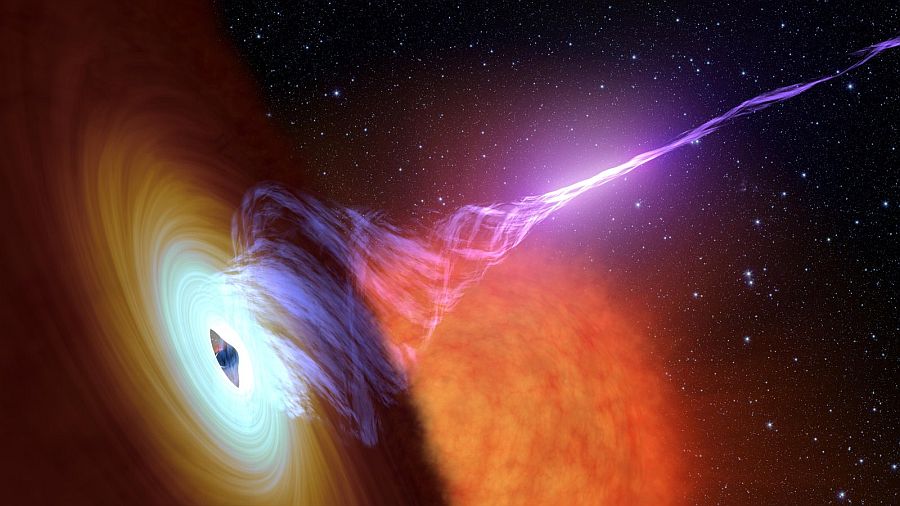
Black holes are the most fascinating phenomena in the universe. Any new finding regarding the intricacies of black hole makes us wonder how less we know about it.
This uncanny object is famous for ingesting huge quantities of matter from its surroundings, beaming with glittering luminosity and spilling out small portion of this matter by means of very powerful jets.
Lately, a team of astronomers at Stanford University has detected light from behind a black hole.
Generally, huge amount of gravity around black hole is responsible for engulfing and heating up materials to millions of degrees. And this process results in the release of enormous radio waves and X-rays. At times, powerful rapid jets of X-rays and gamma rays too are hurled into the space.
Astrophysicist Dan Wilkins observed tiny flashes of X-rays that erupted at the far side of the black hole. And these flashes, he noted, were of different colors.
Gravity is so powerful that even light cannot escape the black hole, so ideally, there shouldn’t be any flash or light. However, it isn’t the case this time.

Gravity is matter warping space-time
Wilkins added that they were able to see the far end of the black hole because the phenomena wrap space, bends light and twists magnetic field. Consequently, they were able to trace some fraction of light at the other end of the black hole.
Roger Blandford, study’s co-author added that fifty years ago, physicists were struggling to conclude how magnetic field would behave at the event horizon of black hole. With the development of technology, they are now able to see practically twisting of magnetic field. And witnessing Einstein’s general theory of relativity in action.
Einstein’s theory of relativity
Einstein claimed that gravity is not invisible force that attracts objects to one another, as was postulated by classical physics. Rather gravity is warping of space.
Mass of the sun creates a curvature in the fabric of cosmos that is responsible for the trajectories of planets moving around it. Thus, gravity is matter warping space-time. An idea that was way ahead of astronomical discoveries.

Black hole corona
Some black holes have a ring like structure that hovers above it. As materials fall into a black hole, it automatically takes shape of a gyre and eventually forms a flattened disc. Concurrently it gets heated up with temperatures of around a billion degrees.
As the disc evaporates, it leaves behind a section of very hot electrons. This left-over segment is termed as corona. This is responsible for ejecting high-energy X-rays into space. This process is one of the approaches how space scientists’ study and map black holes.
As gas falls into a black hole, it causes spike to millions of degrees. This extreme temperature leads to the separation of electrons from atoms. And this creates magnetic plasma.
Magnetic plasma or the electrically charged gas experiences twirling effect as the prevailing gravitational forces of the black hole acts on it. It keeps on arching until it breaks. Thus, producing X-rays. Unlike the hot outer atmosphere of sun.
On the contrary, magnetic fields over the surface of the sun forms loops and plumes as they interact with charged particles.
NASA’s NuSTAR and the European Space Agency’s XMM-Newton telescopes are used to observe the tiny flashes of X-rays from far end of black hole.

Takeaway
More information is required to understand the black hole coronas. Astrophysicists envision that they could track more flashing beams and understand the nature of cosmic mystery. The European Space Agency is coming up with an X-ray observatory, called Athena, which will be launched in 2031.
Wilkins added with Athena they would be able to obtain higher resolution images in relatively shorter observation times.
Via: CNN



